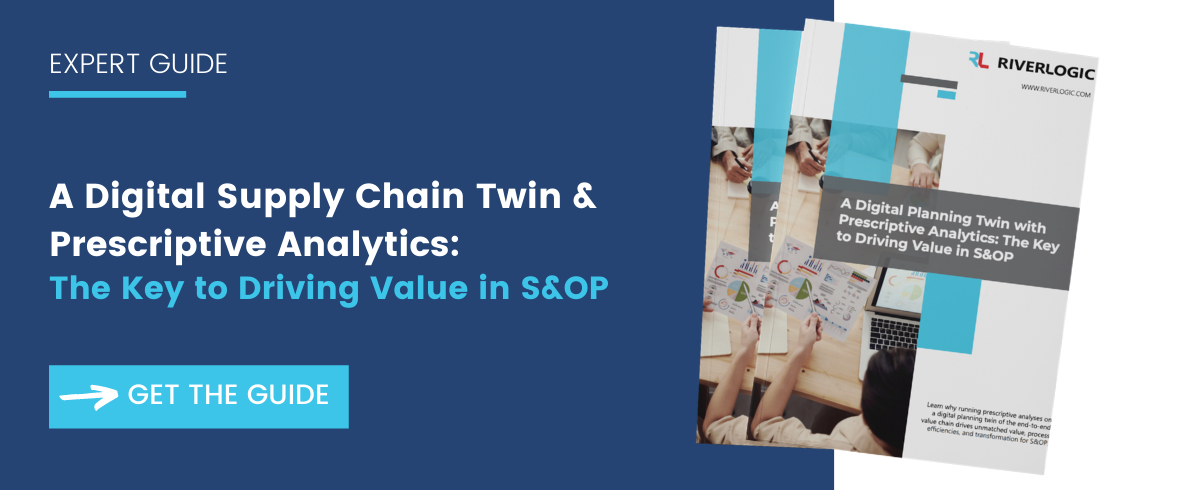Since Gartner first applied the term digital supply chain twin in 2018, there has been a degree of confusion as to what supply chain digital twin software really is. While some imply the term can be applied to any software used to represent the supply chain, the truth is there’s a world of difference in concept and capability between such a model and a true supply chain digital twin software model.
The Supply Chain Digital Twin Software Misconception
The most common misconception regarding supply chain digital twin software is that a digital model of the supply chain can be called a digital twin. To dispel this myth, one needs to look at the definition of a digital twin:
“The digital twin is the virtual representation of a physical object or system across its life-cycle. It uses real-time data and other sources to enable learning, reasoning, and dynamically recalibrating for improved decision making.”
This definition is from IBM, but is almost word for word the same as definitions used by others.
The use of key terms such as life-cycle, real-time data, learning, reasoning and dynamically recalibrate illustrate the difference between static supply chain models and those prepared using supply chain digital twin software.
Key Features of True Supply Chain Digital Twin Software
Several key features distinguish a supply chain digital twin software model from other models used to represent the supply chain. A model created using supply chain digital twin software is:
- Fully representative of the value chain, mirroring the entire value chain, not just a part.
- Data-driven using real-time or near real-time data from multiple sources.
- Incorporates key relationships that reflect reality, including constraints, limitations and variabilities.
- Adaptable and able to readily change and reflect the real supply chain as it evolves.
- Reflects multiple time horizons, including those that apply to strategic, tactical and operational decisions.
A Digital Twin Relies on Advanced Supply Chain Digital Twin Software
The points above illustrate how different a supply chain digital twin is from the various other models used to represent supply chains.
They also point to the need for a different type of software; in this case, for advanced predictive and prescriptive analytics able to accurately model all the nuances of the real supply chain.
These tools allow users to accurately model not only the basic structure of the supply chain, but also its limitations, problems, constraints and challenges. They allow users to simulate different scenarios, predict outcomes and determine data-driven answers to various questions.
Reasons to Choose Supply Chain Digital Twin Software
Most forms of supply chain modeling attempt to align the supply chain with the model.
Supply chain digital twin software modeling works the other way around.
This form of modeling simulates the supply chain as it really exists. A digital twin model, once it’s calibrated and verified, functions exactly as the real supply chain.
It’s possible to run multiple scenarios using real-time data to ascertain how the model, and by definition the supply chain, performs under different circumstances. Using this information, management can make informed decisions to optimize supply chain performance and maximize results and returns, something that is impossible with a static model.




